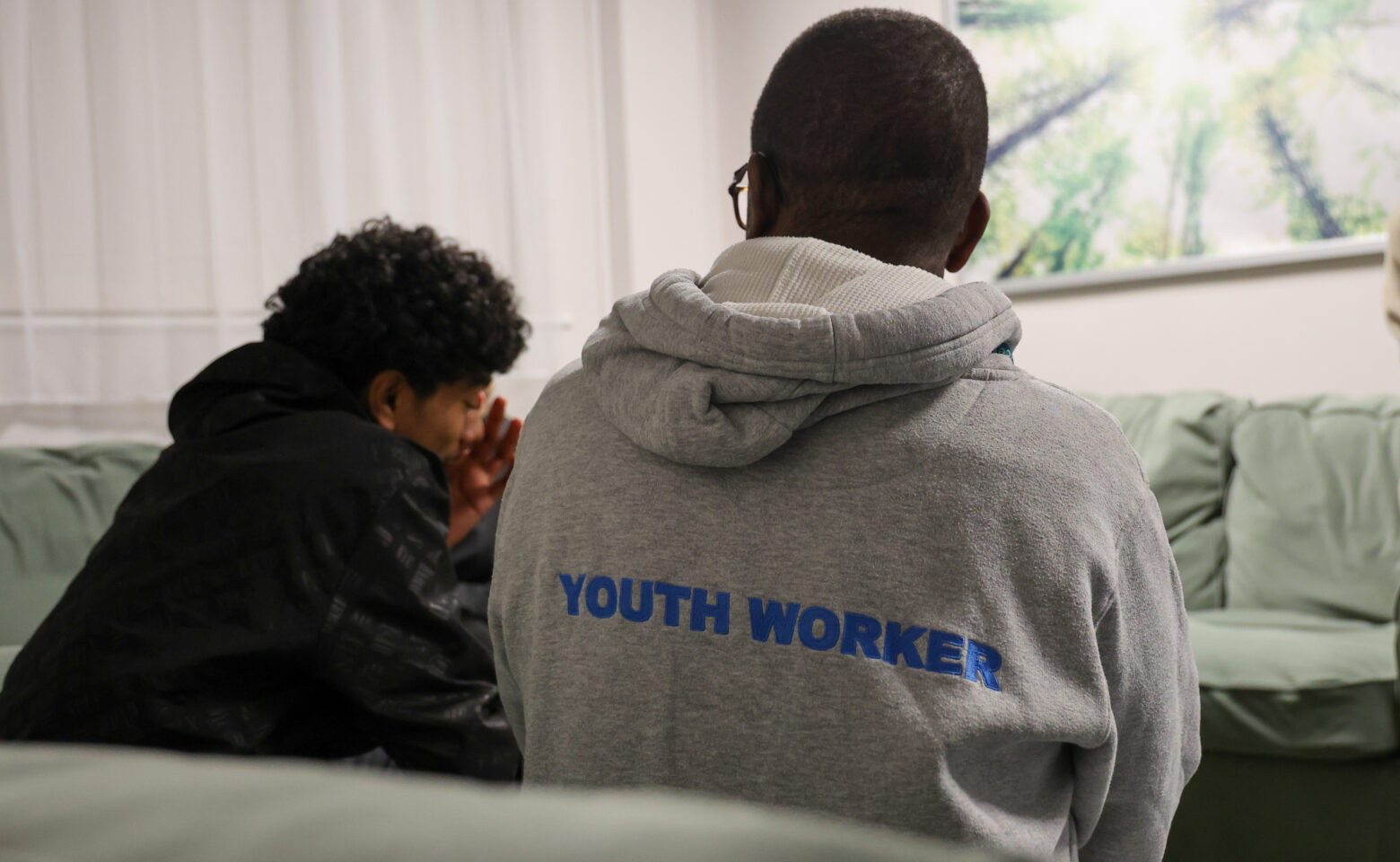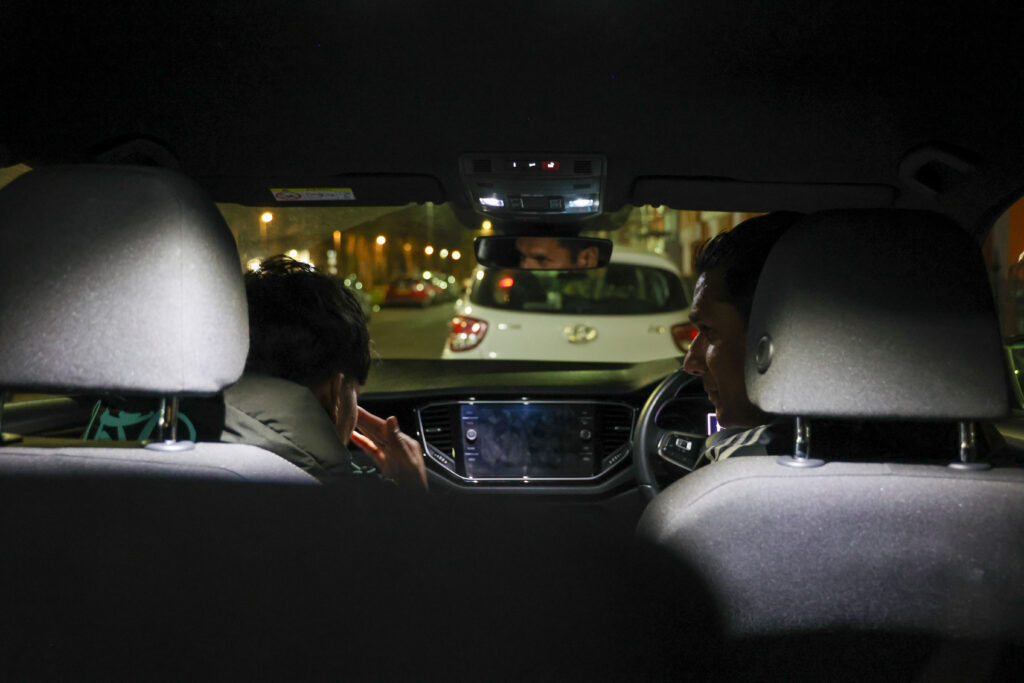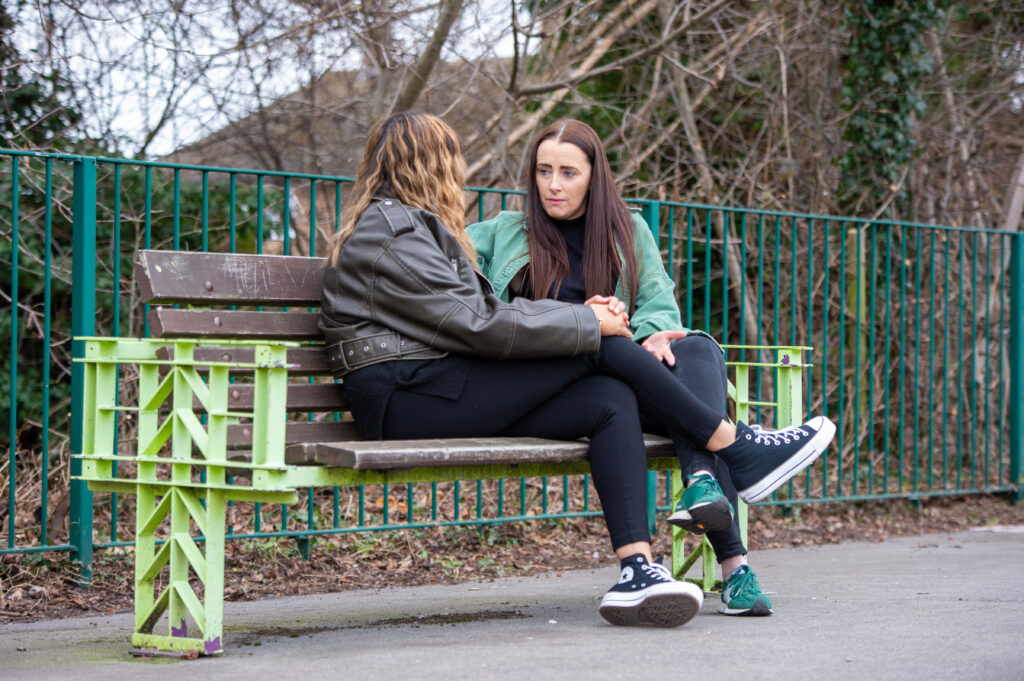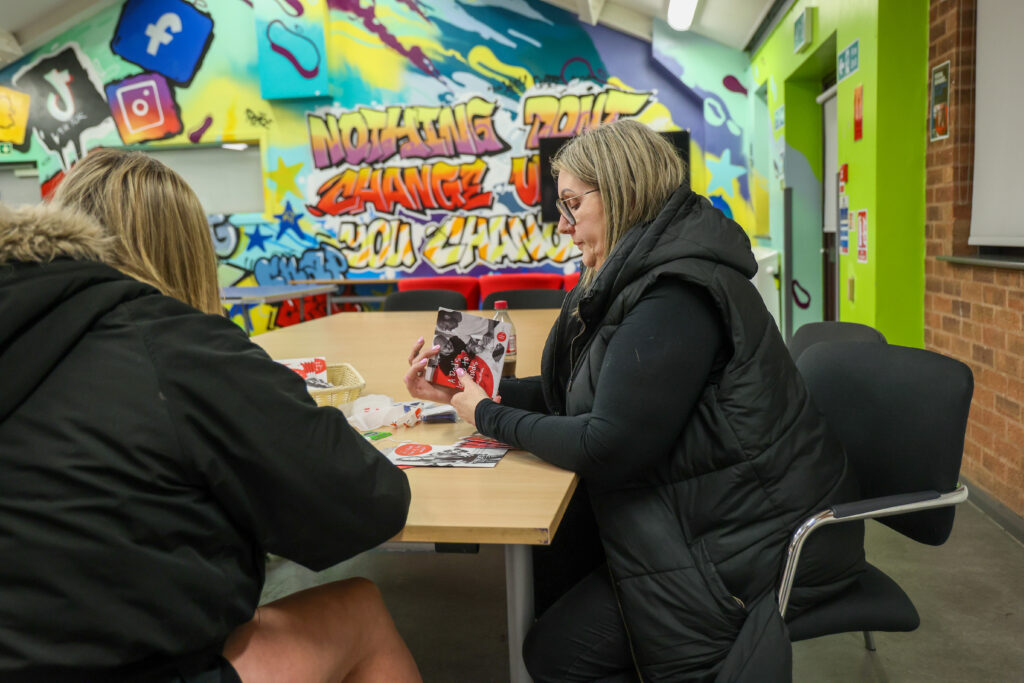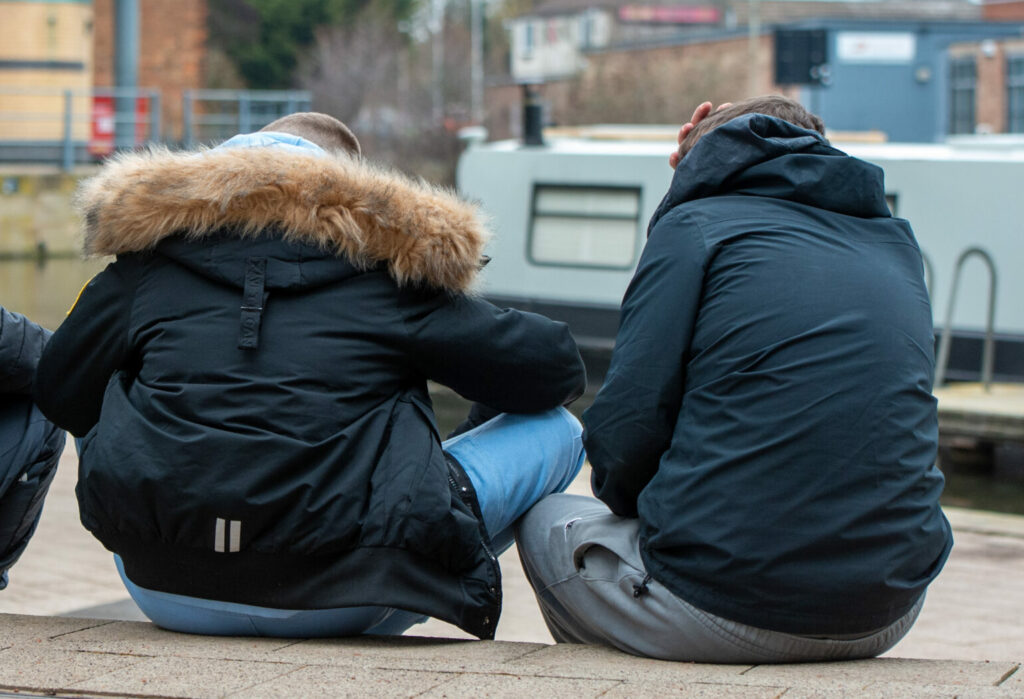HOW TO TALK TO A CHILD ABOUT DRUGS AND ALCOHOL
Drugs and alcohol is a broad subject and one that can be daunting to approach, particularly when discussing it with young people. Whether they’re hearing about drugs from their friends, social media or television, there’s a lot of misinformation around so it’s important to be honest and thorough when talking to a child.
WHERE TO START
Approach the subject in a relaxed, open manner. Making a big deal out of the conversation or being overly formal about it may make the child feel uncomfortable or nervous, and less inclined to open up. You could also look for a starting point; something on TV, in a film, or on the news can be a helpful way of easing into the conversation.
STAY CALM
Whatever the conversation brings up, it’s important to keep your cool. Even if you hear that your child has taken or is taking drugs, losing your temper can damage the chances of having open and honest conversations in future. Of course, it can be very upsetting and worrying to hear, but these conversations must remain relaxed if they’re going to be productive.
ENCOURAGE THEM
Staying calm in these situations is vital if you want to get the right information. Gently encourage them to tell you the details of their drug use;
- What are they taking?
- How often are they taking it?
- How are they paying for it?
Getting honest answers to these questions will give you a better understanding and good place to start from in terms of dealing with drug use.
Perhaps most importantly of all, you need to find out why they’re taking drugs; they might be unhappy, stressed, under pressure from their friends, for example. Knowing and understanding their reasoning, whatever it might be, will put you in the best position to help them.
DISCUSSING THE RISKS
Knowing the risks of the drugs they’re taking may sway your child’s decision to take them. Be honest and open about the risks to help them understand what they’re doing. You may feel unsure about the risks yourself; in that case, you can research them on websites like FRANK beforehand.
Risks of drug taking include:
- Damage to their physical and mental wellbeing
- Exposure to exploitation
- Vulnerability to harm
Remember, you don’t need to know the answers to every question; if you’re unsure, suggest looking through the FRANK website together.

UNDERAGE DRINKING
It’s not uncommon for children and teenagers to try alcohol, and in some circumstances it’s legal for them to do so.
It’s illegal for:
- Anyone to buy alcohol if they’re under 18.
- A person under 18 to ask an adult to buy alcohol for them.
- Anyone to give alcohol to a child under 5 years old.
In the following circumstances, it is legal:
- For over-18s to buy beer, wine or cider for 16-17 year olds if they’re having a meal together in a licensed premises, such as a pub.
- For 5-17 year olds to drink alcohol at home or other private premises.
Regardless of where they’re drinking, it’s a parent’s responsibility to educate their children of the risks. Alcohol can interfere with crucial brain development, and the Chief Medical Officers (CMO) in the UK advise that an alcohol-free childhood is the healthiest and best option. While many teenagers do try alcohol before they’re 18, there are some signs to look out for that may suggest improper alcohol use:
- If they get drunk regularly.
- If they drink excessively when they’re alone.
- If they seem to be dependent on alcohol.
WORRIED ABOUT YOUR CHILD'S DRINKING?
If you’re concerned, you can speak to your GP who can provide a few options. They can refer your child for support and treatment services, refer them for counselling, and talk to you and your family about how they’re coping with the situation.
You can also get help through Drinkline, a confidential helpline offering free, accurate, confidential information for anyone concerned about drinking, whether it’s their own or someone else’s. You can call them on: 0300 123 1110.
CHILD CRIMINAL EXPLOITATION
It’s important to know that your child taking drugs does not automatically mean they’ll become involved in drug dealing. However, a small minority of young people who take drugs can become involved in CCE – this is where older drug dealers can take advantage of vulnerable young people, manipulating them into illegal activity using drugs as payment. You can find out more about CCE here.
‘TRENDS’
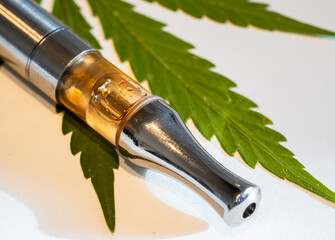
CANNABIS/THC VAPES AND EDIBLES
THC stands for tetrahydrocannabinol, which is a type of cannabinoid.
THC oil can be extracted from cannabis and used in vaping devices. This can cause people to get high faster than smoking cannabis, as the THC is absorbed straight into their blood supply. THC affects everyone differently, but due to its chemical makeup, the high from smoking THC is often more intense than from smoking cannabis.
THC oil can also be mixed into foods – edibles. Bright packaging and sweet flavours make these products seem fun – but the risks are serious.
A recent study suggests that over 90% of THC vapes are fake and actually contain spice/mamba (synthetic cannabinoids), a group of dangerous lab-made chemicals which have unpredictable and severe side effects which are much more dangerous than those associated with natural cannabis.
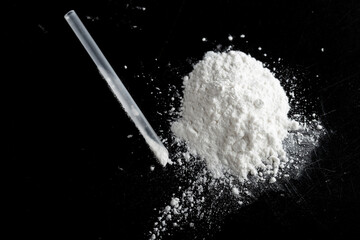
KETAMINE
Street Ketamine is usually in white or grey powder form, but it can come in the form of a liquid. (This is the form found in hospitals and veterinary surgeries where is is injected as an anaesthetic drug.) It is known by lots of different names including: Green, Special K, Super K and Donkey Dust.
Ketamine can be snorted in lines, injected or sometimes swallowed in a tablet form. Effects are felt quickly and it is often seen as a party drug.
A recent study found that more young people are now getting treatment for Ketamine use than for Cocaine.

LEAN
Lean is a cocktail of legal and illegal drugs, topped up with a drink such as lemonade. It looks like a purple fizzy drink, and it tastes very sweet.
Lean is also known as: Sizzurp, Purple Drank, Texas Tea and Barre.
The typical Lean cocktail is made by mixing:
- Prescription-Strength Cough Syrup: This is the main active and dangerous ingredient, usually containing an opioid drug like codeine and an antihistamine like promethazine.
- Soft Drink/Soda: A sweet, fizzy beverage (like Sprite, Fanta, or Mountain Dew) is added to dilute the syrup and mask the taste.
- Hard Candy: Often fruit-flavored sweets are dissolved in the mixture to make it taste even sweeter.
- Alcohol: Occasionally, alcohol is added which increases the risk of overdose.
EFFECTS AND RISKS
Common Effects of these drugs include:
- Euphoria and Happiness
- Altered Senses or Hallucinations
- Relaxation
- Loss of Inhibition
- A feeling of numbness or a lack of pain.
WHY THESE DRUGS ARE RISKY:
- Vapes can irritate your airways.
- Damage to veins if injecting.
- They can cause your blood pressure to drop.
- Edibles can be strong and may contain other harmful or illegal substances.
- You can get cravings and withdrawal symptoms including feeling irritable and sick, trouble with sleep and diet, sweating, shaking and diarrhoea.
- They can affect your mental health which might include difficulty concentrating, anxiety, paranoia and depression.
- Numb muscles may lead to poor coordination and accidents. You may not even be aware that you are injured and need help.
- Nausea and vomiting. This is especially dangerous if you are struggling to move.
- Damage to short and long-term memory.
- Confusion puts you at risk of harm from others, and at risk of having an accident.
- Bladder pain (bladder rot). Ketamine is known to cause severe damage to your bladder which can be irreversible, and you may become incontinent, or need your bladder removed.
ADDICTION
Substance use generates extra endorphins in the brain – endorphins give us a sense of pleasure, which results in a surge of dopamine hormones as part of the ‘reward system’ in our brain. Generating more dopamine can lead to addiction as the brain craves more of those endorphin hits.
Signs of potential addiction include:
- You need more of a substance to get high.
- You can’t stop taking it even though it’s negatively affecting your life, such as relationships, friendships, school or work.
- You have constant cravings and thoughts of having it.
- You are using it as a coping mechanism for stress or other negative feelings.
- You have withdrawal symptoms when you don’t have it. These might include nausea and vomiting, stomach cramps, diarrhoea, loss of appetite, enlarged pupils, shakiness, fever, body pain and chills.
THE LAW
Buying or distributing these drugs without a licence or medical requirement (such as a proper prescription from a GP) is illegal and could lead to a criminal conviction.

